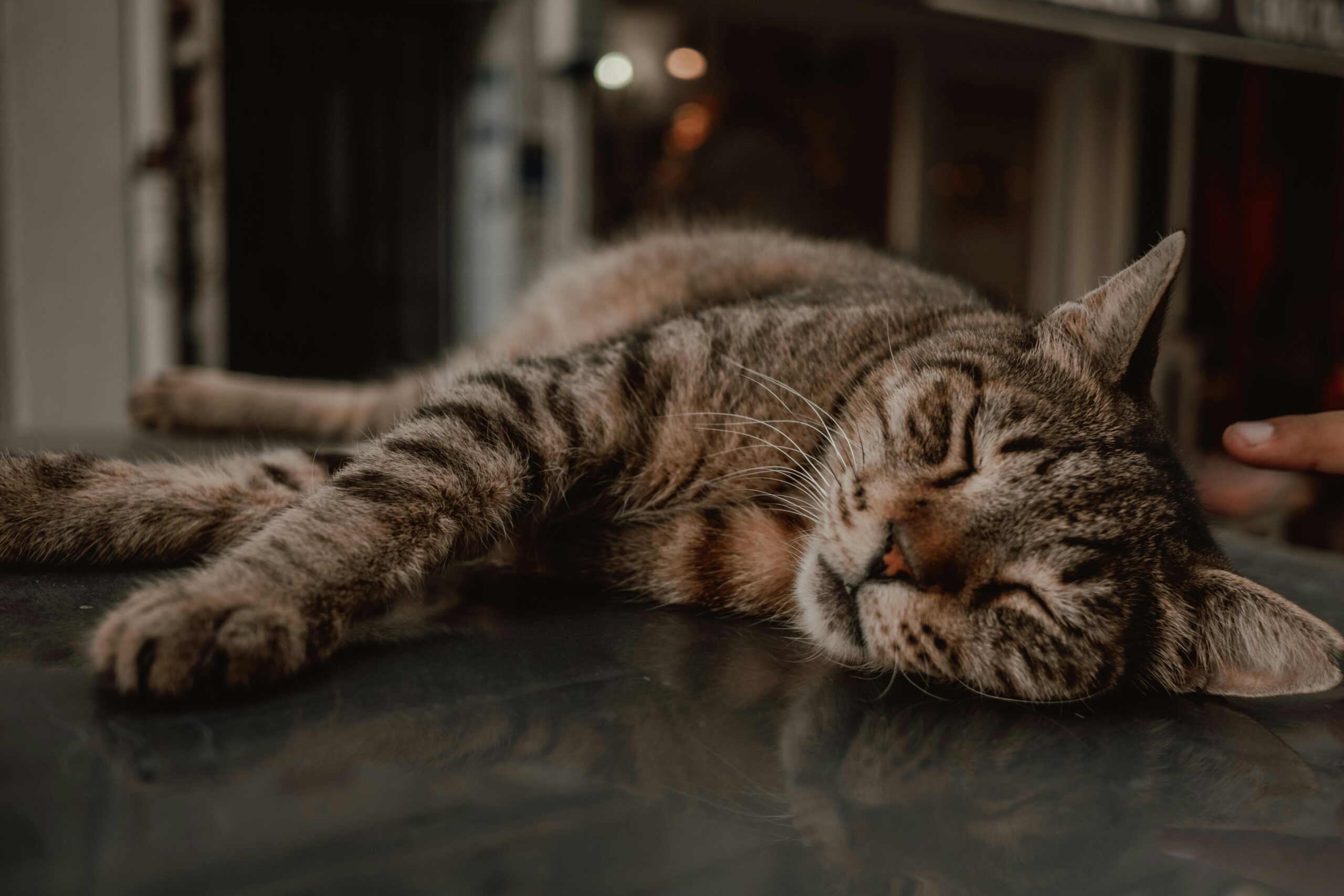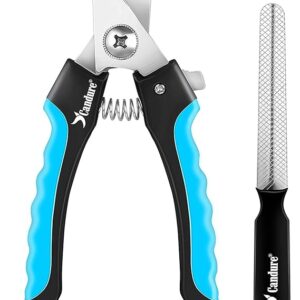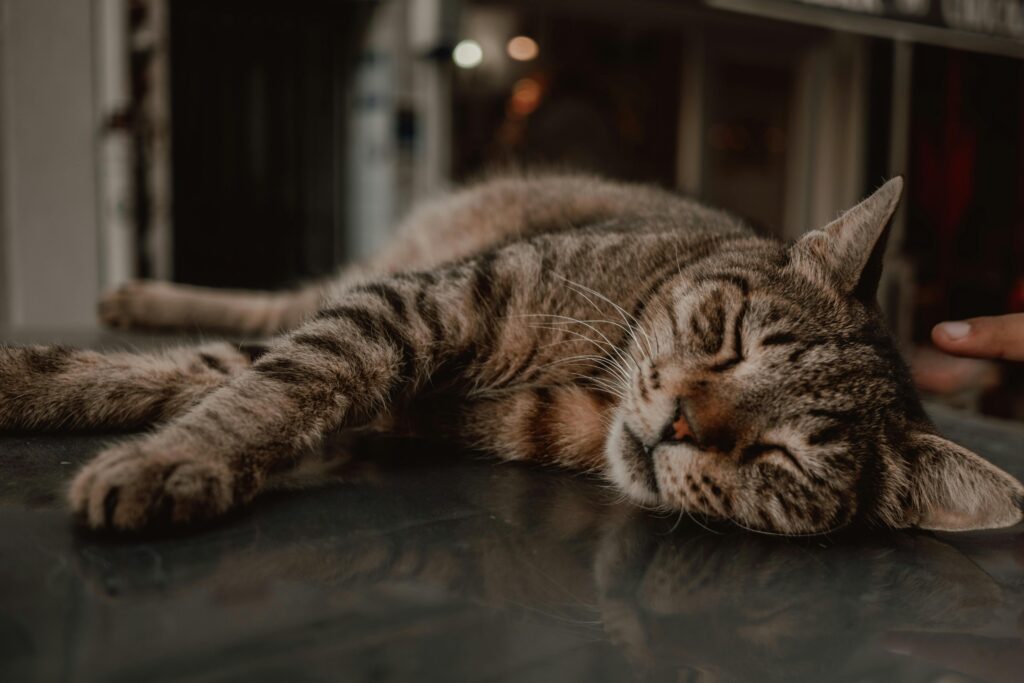Do cats cry? Cats really experience emotions and indeed go through periods of grief. However, while their eyes may sometimes become watery, they don’t cry tears as an emotional response. If you’ve ever noticed a cat’s eyes welling up while they feel stressed, it’s probably just a natural response. Here’s what you should understand about cats and crying.
- Understanding nimble feelings
- Causes Behind Cat Gashes
- Enhancing Your Cat's Environment
- Monitoring and Supporting Emotional Health
- Professional Help for Persistent Issues
- Final studies on Cat feelings
- Building a Strong Bond with Your Cat
- Lifelong literacy and adaption
- Preparing for Changes
- End-of-Life Care and Emotional Support
- Cherishing the Bond
- FAQ:can cats cry?
- Can Cats Experience Depression or Anxiety?
- What Are the Common Signs of a Stressed Cat?
- Why Do Some Cats Cry More Than Others?
- Can Eye Issues in Cats Be a Sign of Serious Health Problems?
Understanding nimble feelings
Scientific studies confirm that pussycats retain genuine feelings. They’ve the capability to interpret mortal facial expressions and can feel a diapason of feelings toward humans and other creatures. These passions manifest in colorful ways
- A gratified cats cry might purr, snoozle , play, or seek commerce with both humans and fellow creatures.
- A rueful cat could withdraw, lose interest in food, or parade dropped energy situations.
- An angry or alarmed cat might swish, arch its reverse, scowl, or indeed lash out at a person or another beast.
- pussycats may vocalize — meowing — when they feel lonely, wearied, empty, or in need of attention.
- When a cat is anxious, angry, or worried, it may produce sounds evocative of a mortal gripe or wail. Although these noises reflect the cat’s emotional state, slipping gashes, as humans do when overwhelmed by feelings, is a uniquely mortal particularity.
Causes Behind Cat Gashes

A cat’s eyes might water-soak for multitudinous reasons, all embedded in medical, rather than emotional, causes. For illustration, eye vexation from dust or a scrape could prompt tearing. also, contagious conditions, similar as upper respiratory infections, may lead to watery eyes. Unexpectedly, congested gash tubes can also be a malefactor.
Other implicit causes for a cat’s watery eyes include
- Conjunctivitis( generally known as pink eye)
- Eye infections
- disinclinations
- Structural anomalies, particularly in types with flat faces and rounded heads
- Sot eye pattern, which involves inadequate gash product
- Corneal scrapes or ulcers
still, understand that this isn’t an expression of emotion but rather a sign of an implicit medical issue, If your cat’s eyes begin to tear. While occasional mild tearing might not bear immediate attention, it should still be estimated by a veterinarian. patient tearing could indicate a more serious problem or bone that could escalate without intervention. Consulting your warhorse is pivotal they can examine your cat and suggest the applicable course of action.
Indeed if the tearing seems minor but occurs regularly, a warhorse visit is judicious. Assuring your cat with gentle petting, though always appreciated, won’t address the beginning issue causing the gashes
Can Cats Cry? Unveiling the Truth Behind Feline Tears 2024 Unexpectedly, congested gash tubes can also be a malefactor. Other implicit causes for a cat’s watery eyes include underlying medical issues. If your cat’s eyes begin to tear, consult a veterinarian for evaluation. Persistent tearing may indicate a more serious problem that requires intervention. Gentle petting alone won’t address the underlying issue causing the tears.
Although cats do experience feelings like grief or depression, they don’t cry tears to express these emotions. Cats primarily communicate through body language, supplemented by some vocalizations. However, if your cat’s behavior changes, it might indicate a medical or behavioral issue. Pay attention to other signs of emotional distress, such as lethargy, withdrawal, or loss of appetite, as these could also signal pain or illness.
Before assuming your cat’s guest is emotionally driven, first insure their physical health is in check. A veterinarian can rule out medical enterprises and give treatment if necessary.
Enhancing Your Cat’s Environment
A stimulating terrain is crucial to a cat’s emotional well-being. pussycats are natural explorers and nimrods, so furnishing openings for these instincts can help palliate passions of stress or tedium. Then are some strategies to consider
- Vertical Space: pussycats love to rise and perch. Installing cat shelves or furnishing access to high areas can satisfy this instinct. A cat tree with multiple situations can also serve this purpose, offering both exercise and a sense of security from an elevated position.
- Interactive Play Regular play sessions with your cat can mimic stalking actions. Use toys that pretend prey, similar as feather wands or ray pointers, to engage your cat’s natural raptorial instincts. This not only provides physical exercise but also internal stimulation.
- Scratching Posts: Scratching is a natural gesture for pussycats that helps them mark home and keep their claws healthy. insure that your home has colorful scratching posts or pads, which will also protect your cabinetwork from unwanted clawing.
- Hiding Spots: pussycats appreciate having places to retreat and feel secure. Offer cozy caching spots, similar as boxes, coverts, or enclosed beds, where your cat can escape when they need some alone time.
- Sensory Enrichment Introduce new scents, sounds, or textures to your cat’s terrain to keep them engaged. For illustration, you can use cat-safe sauces like catnip or silvervine, play calming music, or give soft robes or hairpieces for them to lie on.
Monitoring and Supporting Emotional Health
As you make these environmental advancements, keep a close eye on your cat’s geste
. A positive response, similar as increased prankishness or curiosity, can indicate that your sweats are working. still, if your cat continues to show signs of torture, it’s important to take farther way.
- Routine Check-Ups Regular veterinary visits are pivotal to cover your cat’s health. occasionally, what appears to be emotional torture might have an beginning medical cause that only a professional can descry.
- thickness pussy cats thrive on routine, so maintaining a harmonious schedule for feeding, play, and commerce can help reduce anxiety. unforeseen changes in their terrain or routine can lead to stress, so try to introduce new rudiments gradationally.
- Behavioral Observation Pay attention to any changes in your cat’s eating habits, fixing, or waste box use. These can be subtle signs of stress or illness. A cat that suddenly starts hiding more or becomes surprisingly aggressive may be passing emotional fermentation.
Professional Help for Persistent Issues
still, it may be time to seek professional help, If your cat’s emotional or behavioral issues persist despite your stylish sweats. A pukka beast behaviorist can give technical guidance acclimatized to your cat’s specific requirements.
- Behavioral remedy: In some cases, a behaviorist might recommend remedy or specific training ways to address anxiety, aggression, or other issues. This can involve modifying the terrain further or tutoring your cat to associate certain stimulants with positive issues.
- Medical Interventions: If behavioral strategies are n’t enough, your veterinarian might explore medical options. Certain conditions can be managed with specifics that help reduce anxiety or other emotional imbalances in pussycats.
Recommondation Product
Final studies on Cat feelings
Understanding that cats, like humans, have complex emotional lives is crucial to ensuring their well-being. While they don’t cry tears from sadness or joy, their actions and vocalizations offer a wealth of insight into their emotional state. By paying close attention and providing a nurturing environment, you can help your cat lead a happy and fulfilling life.
Flash back, the key to a happy cat is n’t just in addressing physical health but also in understanding and catering to their emotional requirements. Whether it’s through environmental enrichment, regular veterinary care, or professional behavioral advice, you can ensure that your nimble friend enjoys both physical and emotional health.
Building a Strong Bond with Your Cat
Fostering a deep connection with your cat goes beyond meeting their physical and emotional needs — it involves building trust and understanding their unique personality. While cats don’t cry tears like humans, a strong bond enhances their quality of life and can help alleviate stress or behavioral issues.
- Respect Their Boundaries: Pussycats are independent brutes, and while some may enjoy constant affection, others prefer their space. Learn to read your cat’s body language and admire their boundaries. For illustration, a cat that flicks its tail or flattens its cognizance may be motioning that it wants to be left alone.
- Positive underpinning: Award your cat treats, praise, or affection when they parade asked actions. Positive underpinning can strengthen your bond and encourage good geste
, making your cat more confident and secure in their terrain.
- Routine and Rituals: Establishing diurnal rituals, similar to fixing sessions, playtime, or indeed a quiet moment together, can support your relationship. Pussycats appreciate pungency, and this participated conditioning helps produce a sense of security and trust.
- Communication: Understanding your cat’s declamations and body language is crucial to effective communication. Each cat has its own set of signals that indicate how they feel — whether they are happy, anxious, or in need of attention. Responding meetly to these signals will strengthen your bond and ameliorate your cat’s overall well- being.
Nutrition and Well-Being
A cat’s diet plays a critical part in their health and mood. icing your cat receives balanced nutrition can appreciatively impact their physical and emotional state.
- Quality Diet: Feed your cat high-quality, nutritionally complete food. Consult your veterinarian to choose the stylish diet for your cat’s age, health condition, and life. A diet rich in essential nutrients supports their overall health, energy situations, and indeed their mood.
- Hydration: pussycats are prone to urinary tract issues if they do not consume enough water. Encourage hydration by furnishing fresh water daily and considering wet food, which contains more humidity than dry kibble. Some pussycats prefer running water, so a pet root might be a good investment.
- Treats in temperance: While treats are great for training and cling, they should be given in temperance to avoid weight gain or nutritive imbalances. Choose healthy, low- calorie options and use them as part of your positive underpinning strategies.
Lifelong literacy and adaption
pussycats, like all creatures, benefit from internal stimulation throughout their lives. Keeping your cat engaged can help tedium and the behavioral problems that frequently accompany it.
- Learning New Tricks: Contrary to popular belief, pussycats can learn commands and tricks, just like tykes. Use positive underpinning to educate your cat simple tricks like sitting, coming when called, or indeed costing. This internal exercise is satisfying for both you and your cat.
- Rotating Toys: To keep your cat mentally stimulated, regularly rotate their toys. New or strange toys can reignite your cat’s interest and help the humdrum that might come from playing with the same objects constantly.
- Puzzle Feeders: Incorporating mystification affluents or treat- allocating toys into your cat’s routine can challenge their mind while satisfying their stalking instincts. These tools not only give internal stimulation but also help decelerate down eating, which is salutary for digestion.
Preparing for Changes
Cats are creatures of habit and may struggle with changes in their environment or routine. Whether it’s moving to a new home, introducing a new pet, or even adjusting to a new family member, preparing your cat for change is essential to reduce stress.
- Gradual Introduction: If you’re bringing a new pet or person into the home, introduce them slowly. Allow your cat to explore and interact on their own terms, gradually increasing their exposure. This helps reduce anxiety and promotes positive associations.
- Safe Spaces: Ensure that your cat has access to safe, quiet areas where they can retreat if they feel overwhelmed. This is especially important during significant changes, like renovations, holidays, or gatherings.
- Routine Maintenance: During periods of change, try to maintain as much of your cat’s daily routine as possible. Keeping feeding times, play sessions, and quiet time consistent helps your cat feel secure amidst the chaos.
Recommondation Product
End-of-Life Care and Emotional Support
As your cat ages, their needs will change, and it’s important to adapt your care to ensure their comfort and happiness. Older cats may require more frequent veterinary visits, special diets, or modifications to their environment.
- Comfort and Care: Provide a comfortable space for your aging cat, with easy access to food, water, and litter boxes. Consider adding soft bedding, and ensure that their favorite resting spots are easily accessible.
- Health Monitoring: Keep a close eye on your senior cat’s health. Regular vet visits become even more critical as cats age, allowing for early detection of common age-related issues such as arthritis, kidney disease, or dental problems.
- Emotional Support: Older cats may become more affectionate or, conversely, more withdrawn. Be attentive to these changes and offer comfort and companionship as needed. Your presence and gentle care can greatly improve their quality of life during their later years.
In the inevitable event that your cat approaches the end of their life, focus on providing comfort and ensuring they are free from pain. Consult your veterinarian to discuss the best ways to manage any symptoms and when it might be time to consider humane euthanasia to prevent suffering.
Cherishing the Bond
Throughout all stages of your cat’s life, the bond you share is a precious one. By understanding their emotional and physical needs, providing a stimulating environment, and offering unconditional love and care, you ensure that your cat enjoys a life full of joy, comfort, and security. Your efforts not only enrich your cat’s life but also bring immeasurable fulfillment to your own, as you share in the companionship of one of nature’s most fascinating creatures.
FAQ:can cats cry?
Can Cats Experience Depression or Anxiety?
Yes, cats can experience depression or anxiety, often triggered by changes in their environment, loss of a companion, or a lack of mental stimulation. Signs include withdrawal, reduced appetite, and changes in grooming habits.
What Are the Common Signs of a Stressed Cat?
To help a grieving cat, maintain a consistent routine, provide extra attention and affection, and introduce stimulating activities like playtime. Sometimes, adopting another pet can help, but it’s essential to ensure your cat is ready for that change.
Why Do Some Cats Cry More Than Others?
Some cats may seem to cry more due to their vocal nature, breed tendencies, or environmental factors. Siamese cats, for example, are known to be more vocal. Regular check-ups can help rule out any medical causes for excessive crying.
Can Eye Issues in Cats Be a Sign of Serious Health Problems?
Yes, eye issues like excessive tearing, redness, or discharge can be symptoms of more serious conditions such as infections, allergies, or even underlying systemic diseases. It’s crucial to consult a veterinarian if these symptoms persist.






